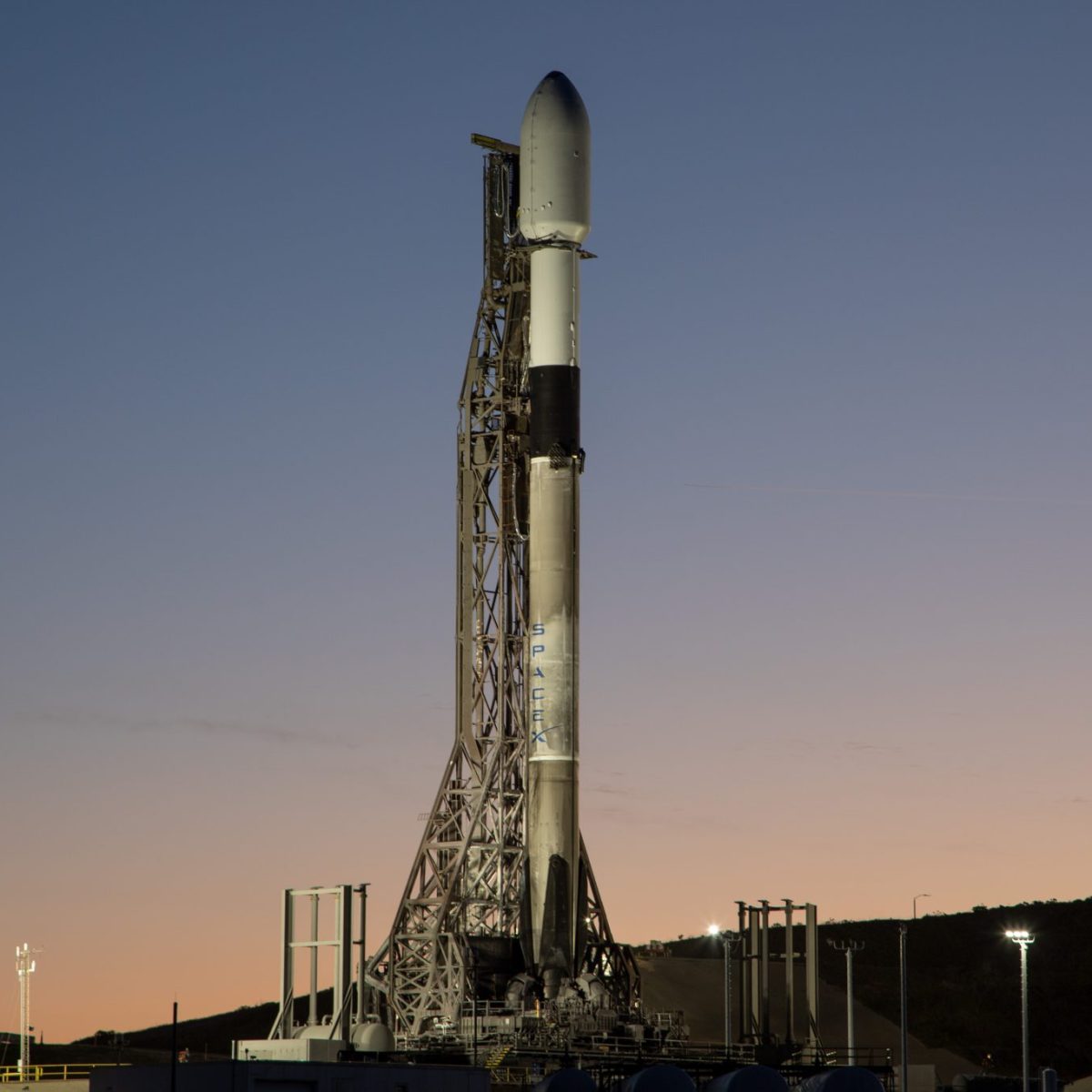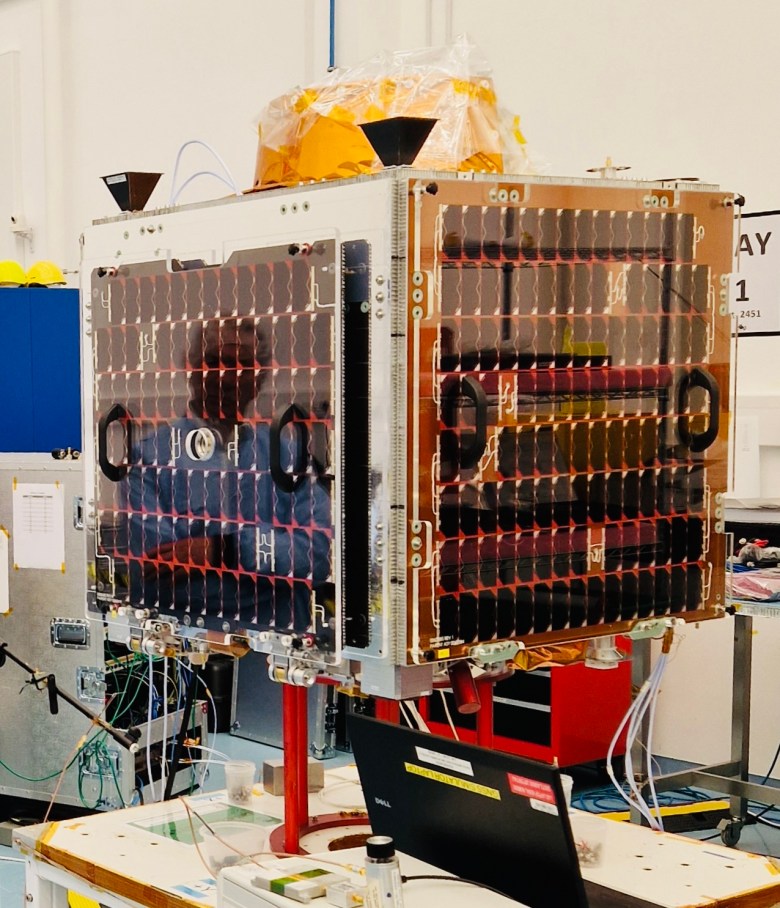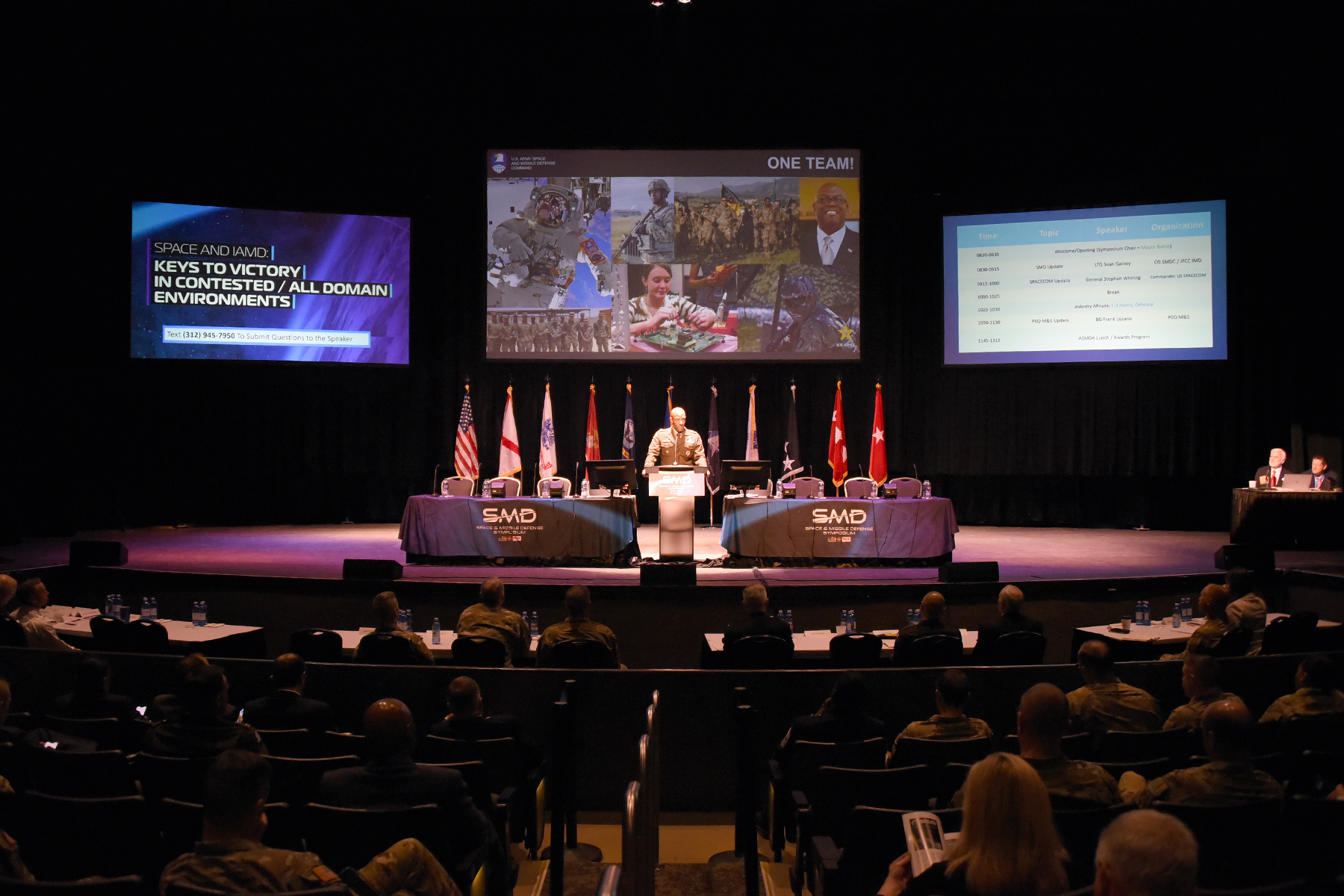WASHINGTON — SpaceX has been awarded contracts for eight launches under the National Security Space Launch (NSSL) Phase 3 Lane 1 program, the U.S. Space Force’s Space Systems Command announced Oct. 18.
The contracts worth $733.5 million span seven missions for the Space Development Agency (SDA) and one for the National Reconnaissance Office (NRO) projected to launch in 2026. These are part of the NSSL Phase 3 procurement of launch services for U.S. defense and intelligence agencies.
The NSSL Phase 3 Lane 1 program is structured as an Indefinite Delivery, Indefinite Quantity (IDIQ) contract, a flexible procurement method often used in government contracting. The total value of the Lane 1 contract is estimated at $5.6 billion over five years, with Blue Origin, SpaceX, and United Launch Alliance (ULA) selected as the primary vendors to compete for individual task orders.
The Space Development Agency is utilizing SpaceX’s Falcon 9 rocket to launch small satellites into a low-Earth orbit (LEO) constellation, a network of satellites designed to enhance military communications and intelligence capabilities. SpaceX has already completed two successful launches for the Tranche 0 portion of SDA’s constellation.
“The Phase 3 Lane 1 construct allows us to execute launch services more quickly for risk-tolerant payloads, putting more capabilities in orbit faster to support national security,” said Brig. Gen. Kristin Panzenhagen, program executive officer for Assured Access to Space at the Space Force.
Blue Origin’s New Glenn rocket has yet to perform its first launch and will need to complete at least two successful flights to qualify for NSSL certification, while ULA’s Vulcan Centaur, which has completed two flights, is still awaiting final certification for the program.
Opportunities for emerging providers
The NSSL Phase 3 Lane 1 program seeks to foster competition and innovation by allowing newer launch providers to join the pool of companies under the IDIQ. Rocket Lab and other emerging companies are expected to participate in upcoming competitive bids, with opportunities for on-ramping new systems planned for later this year.
Lane 1 is focused on commercial-like missions where more risk is acceptable. These missions are suitable for newer companies that may not yet have a proven track record but can offer lower-cost solutions. This approach contrasts with Lane 2, which will handle more sensitive missions requiring established, fully certified launch vehicles. Lane 2 contracts have yet to be awarded.
At least 30 Lane 1 missions are projected during the five-year base ordering period, which runs from fiscal years 2025 to 2029. Additionally, the contract includes a five-year extension option, potentially pushing the program through 2034.



